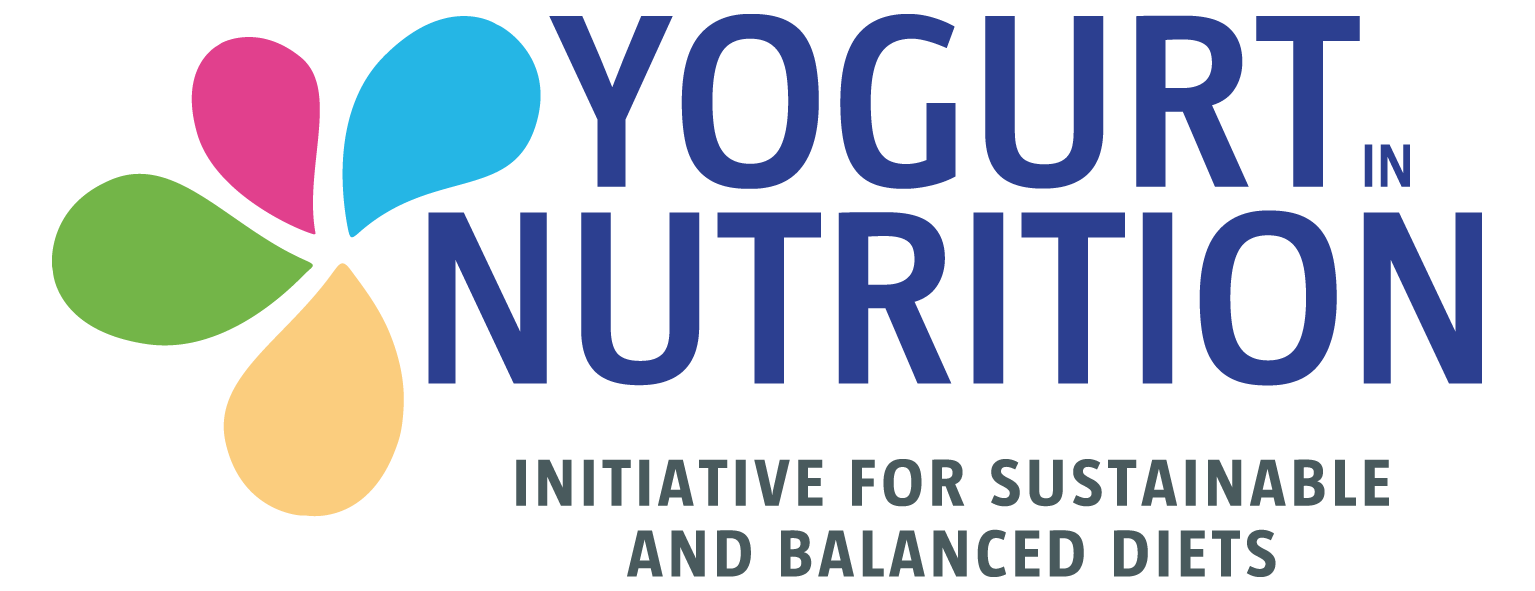From 3 years
The report highlights that, although the intake of dairy products is satisfactory between the ages of 1 and 3, it is below the recommendations for all other age groups. The difference between consumption and recommendation begins at infancy, increases with age and continues later on in life. Milk and cheese represent 51% and 45% of the category respectively, whereas yogurt only counts for 2.6%.
Yogurt rather than cheese
The recommendations call for increased availability of fat-free or low-fat forms of dairy products, including milk, yogurt and cheese. Sweetened versions can form part of this as long as the added sugars adhere to the limits set of 10% of the total energy. The document additionally recommends favoring yogurt over cheese, especially with regard to the latter’s content of saturated fatty acids and salt. One of the tips for attaining the recommended intake of dairy products is to consume yogurt as a snack or as an ingredient in prepared dishes such as salad dressings or spreads.





